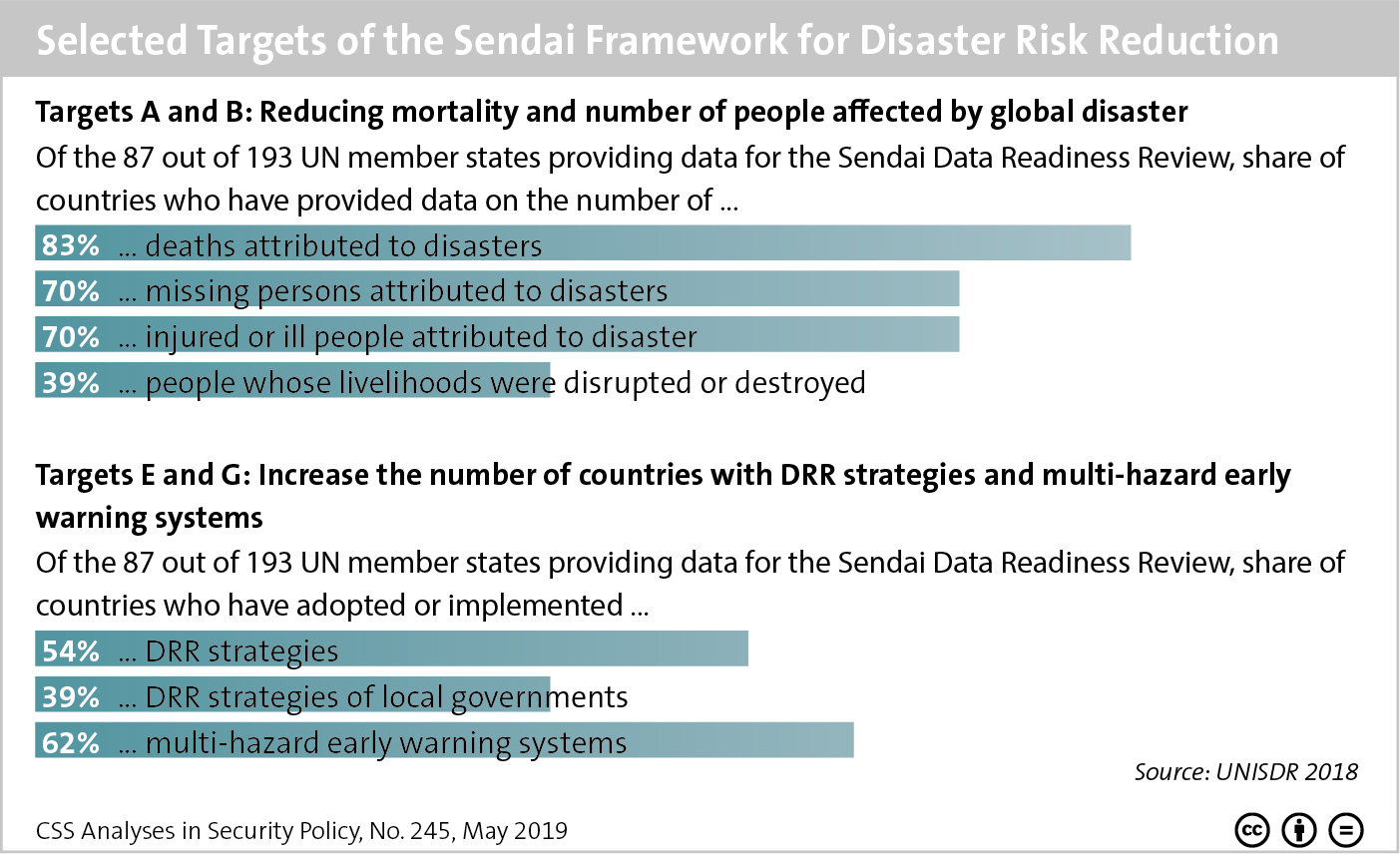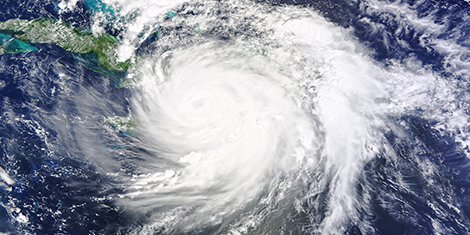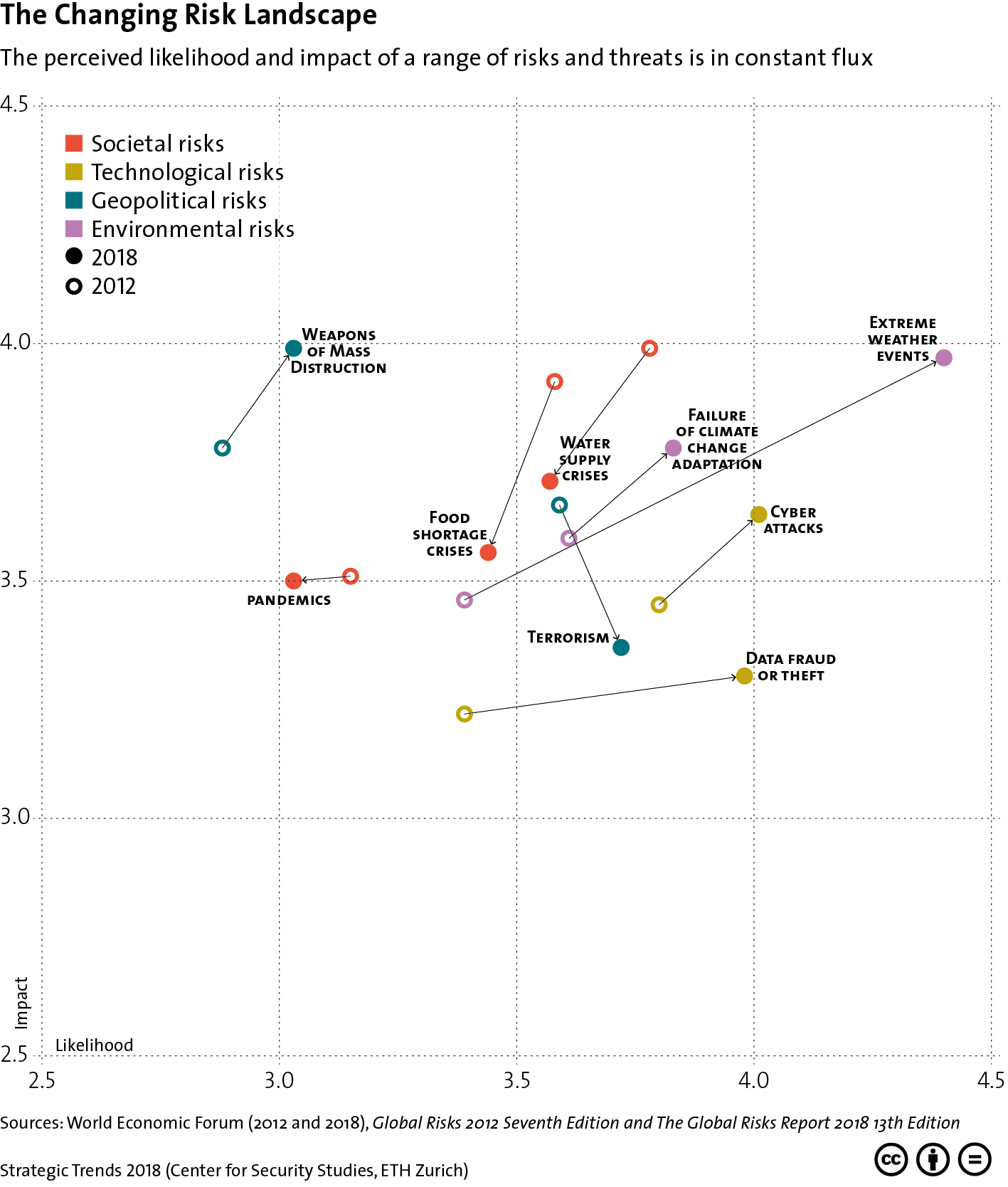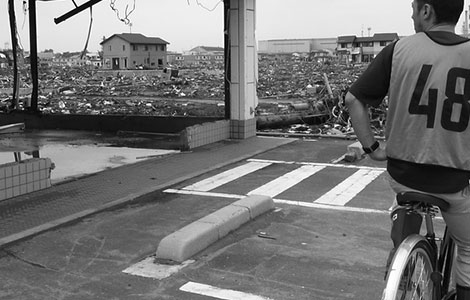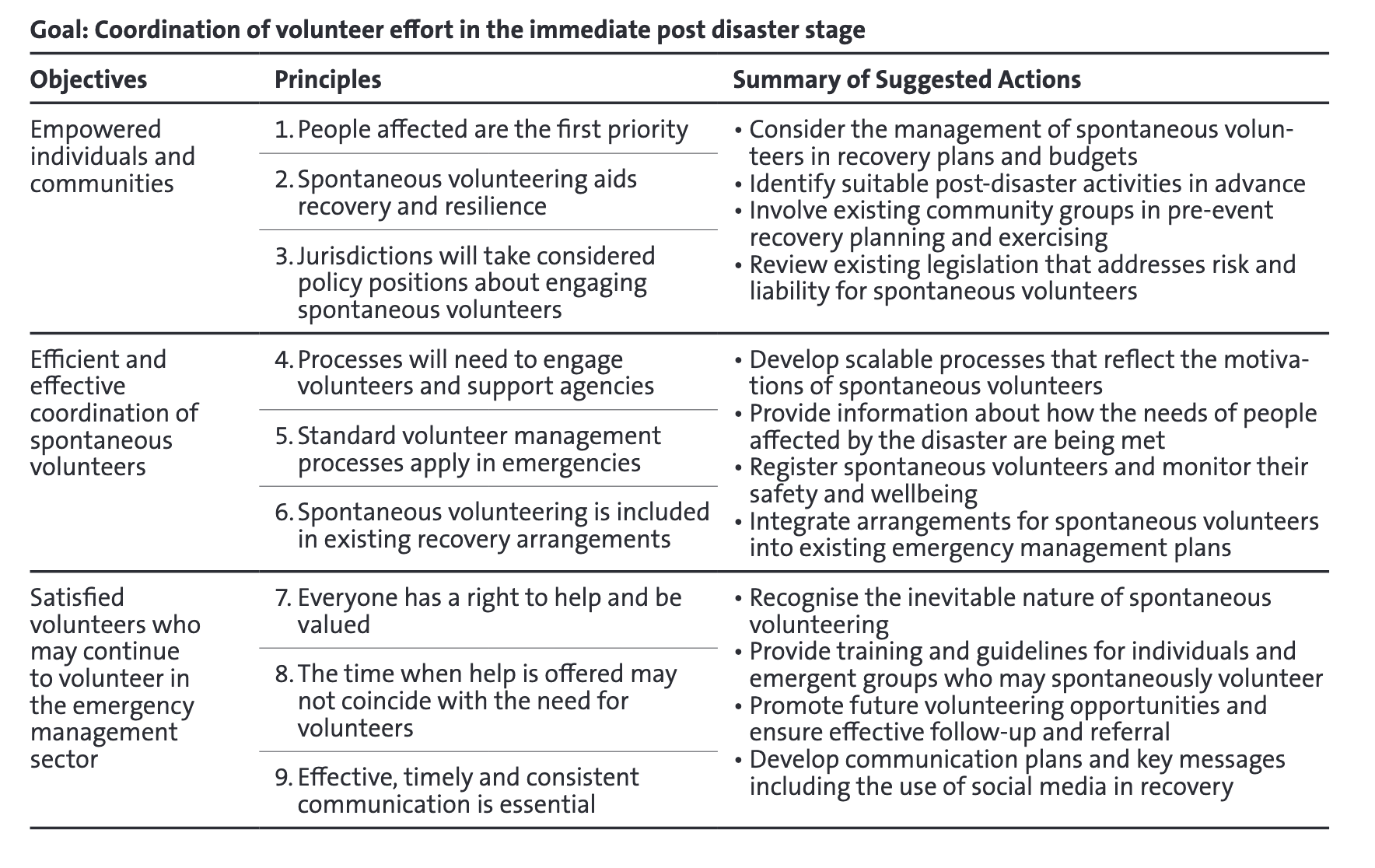
Large scale events like the coronavirus (COVID-19) and other factors are changing how we volunteer during disasters. This week’s featured graphic points out objectives, principles and suggested actions to help the coordination of volunteers in the immediate aftermath of a disaster event. For more on the integration of spontaneous and emergent volunteers in disaster management and civil protection, read CSS’ Tim Prior and Florian Roth’s CSS Risk and Resilience Report on Volunteerism in Disaster Management.

